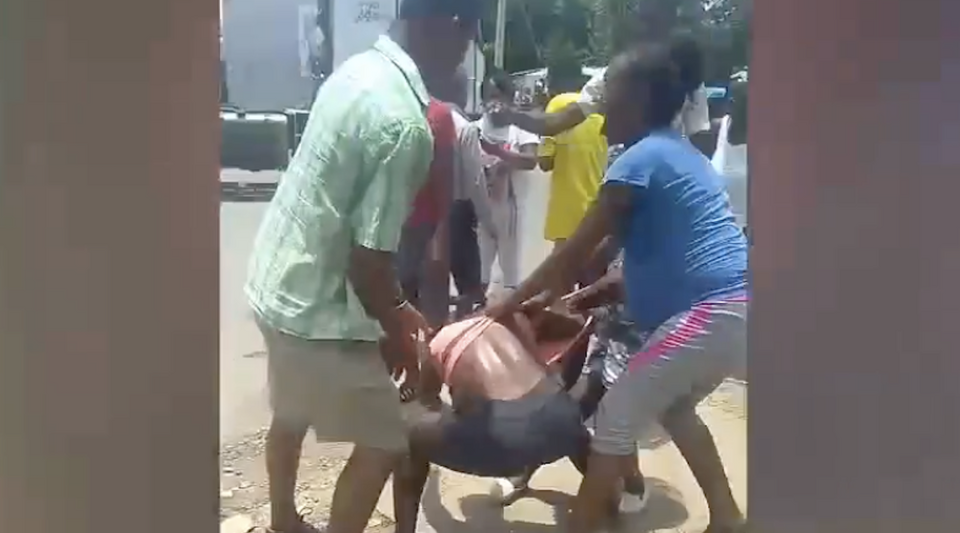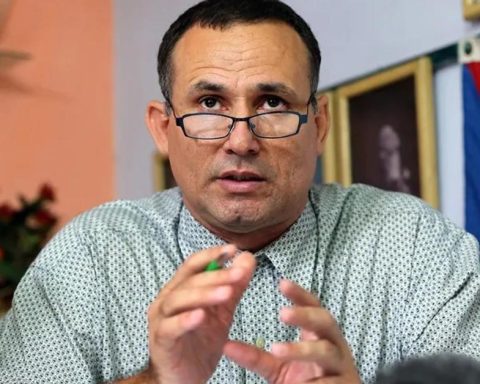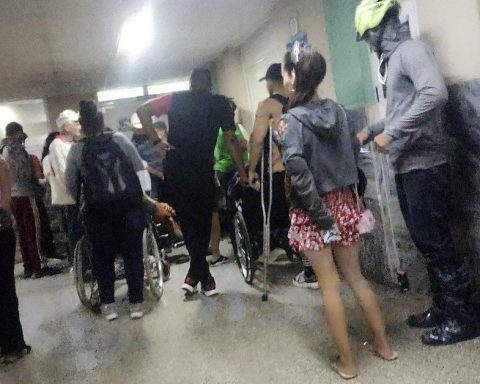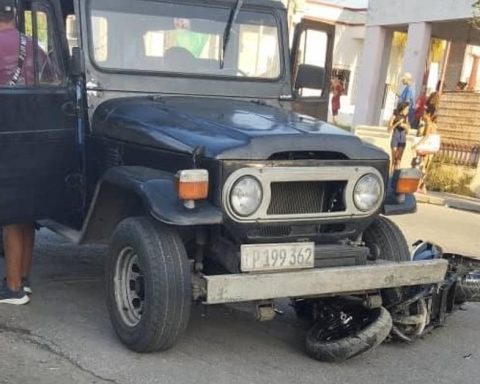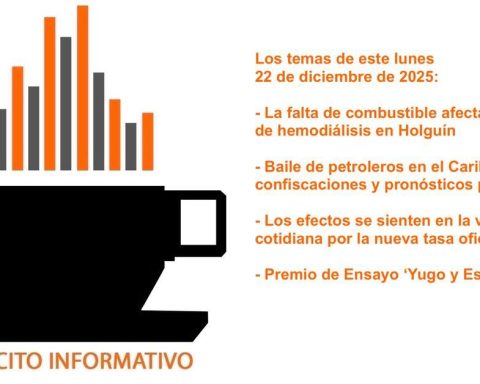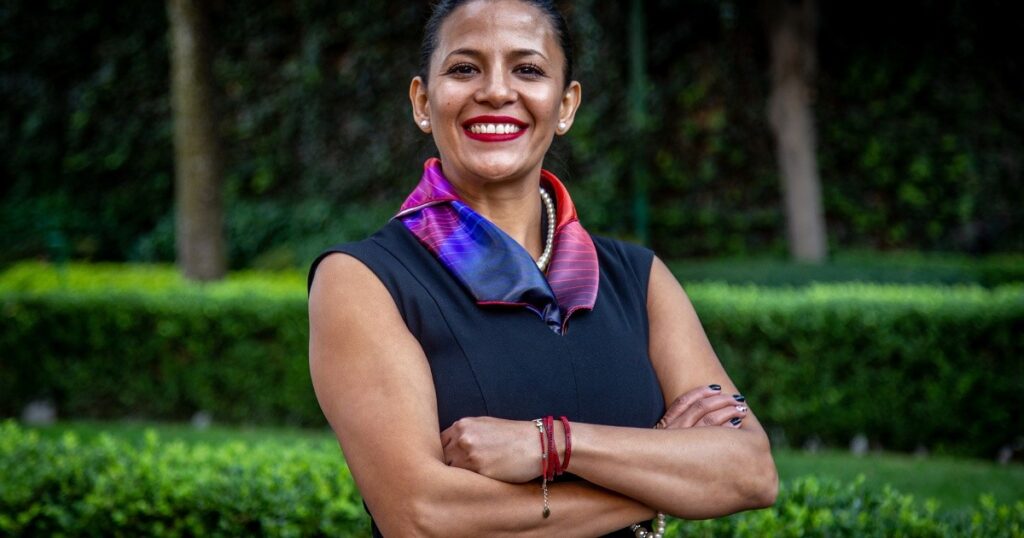The rumor spread, as has happened in recent months in Cuba, from some images spread on social networks, Saturday. According to her, it was immediately word of mouth that a pregnant woman had lost her baby after a beating dispute between citizens and police in Managua, in the Havana municipality of Arroyo Naranjo.
The next day, official accounts and pages related to the regime rushed to deny the falsehood: the woman had not had an abortion and he was in good health. In a video shared by the official Mauro Torres, it is observed, in effect, how the pregnant woman, identified as Ayamey González Valdés, faints after a violent argument between several people. After her, it is the Police who take her out loaded in her arms.
What those sources in favor of the Cuban government did not say is, on the one hand, that the agents, after getting into a fight in a queue to buy food, ceaselessly beat several young people present. On the other hand, they also ignore the real drama: a system that reduces its people to an almost animal attitude for buying food.
The ruling party prefers to breastfeed for having “saved” the pregnant woman. Ayamey González Valdés, according to the Twitter account of the Municipal Health Directorate of Arroyo Naranjo, “was evaluated at the Enrique Cabrera Hospital. An ultrasound was performed, the fetus is in good vitality, with normal heartbeats and an intact placenta. While she was being examined His mother arrived, who was able to hear the fetal focus of her future grandson”.
Depending on the sensitivity of the product being sold and the time that has been waited, the clashes can be more aggressive
La cola, one of the oldest Cuban institutions linked to the chronic shortages that the island has experienced for decades, has been transforming in recent years. The pandemic moved many of these queues away from the main entrance of stores, as a strategy to have more control over customer access, but the end of many health restrictions did not end this practice.
Now, the lines to buy food continue to form several meters away from the store, in a park, a square or a street where consumers organize themselves and wait for hours until they are called, in groups of five or ten, to go to the trade. This distance fuels suspicions of mismanagement by employees and is also used by those who do not want to wait so long and seek to sneak in.
The fights are so frequent that many believe that there is no Cuban queue without anger or shoving. Depending on the sensitivity of the product being sold and the time that has been waited, the clashes can be more aggressive. Lines for frozen chicken, vegetable oil and baby diapers are among the busiest, but punches and bumps can also happen as dozens of people wait to buy hot dogs or bath soap.
No one knows for sure how much weekly time the average Cuban spends in lines, but as the crisis has deepened, the hours of rest have become shorter. If before nights were for the family, watching television or going on a recreational outing, now many families prepare from that moment to start a line that allows them to buy food the next day.
________________________
Collaborate with our work:
The team of 14ymedio is committed to doing serious journalism that reflects the reality of deep Cuba. Thank you for joining us on this long road. We invite you to continue supporting us, but this time becoming a member of our journal. Together we can continue transforming journalism in Cuba.
